Category: space – Page 1,025
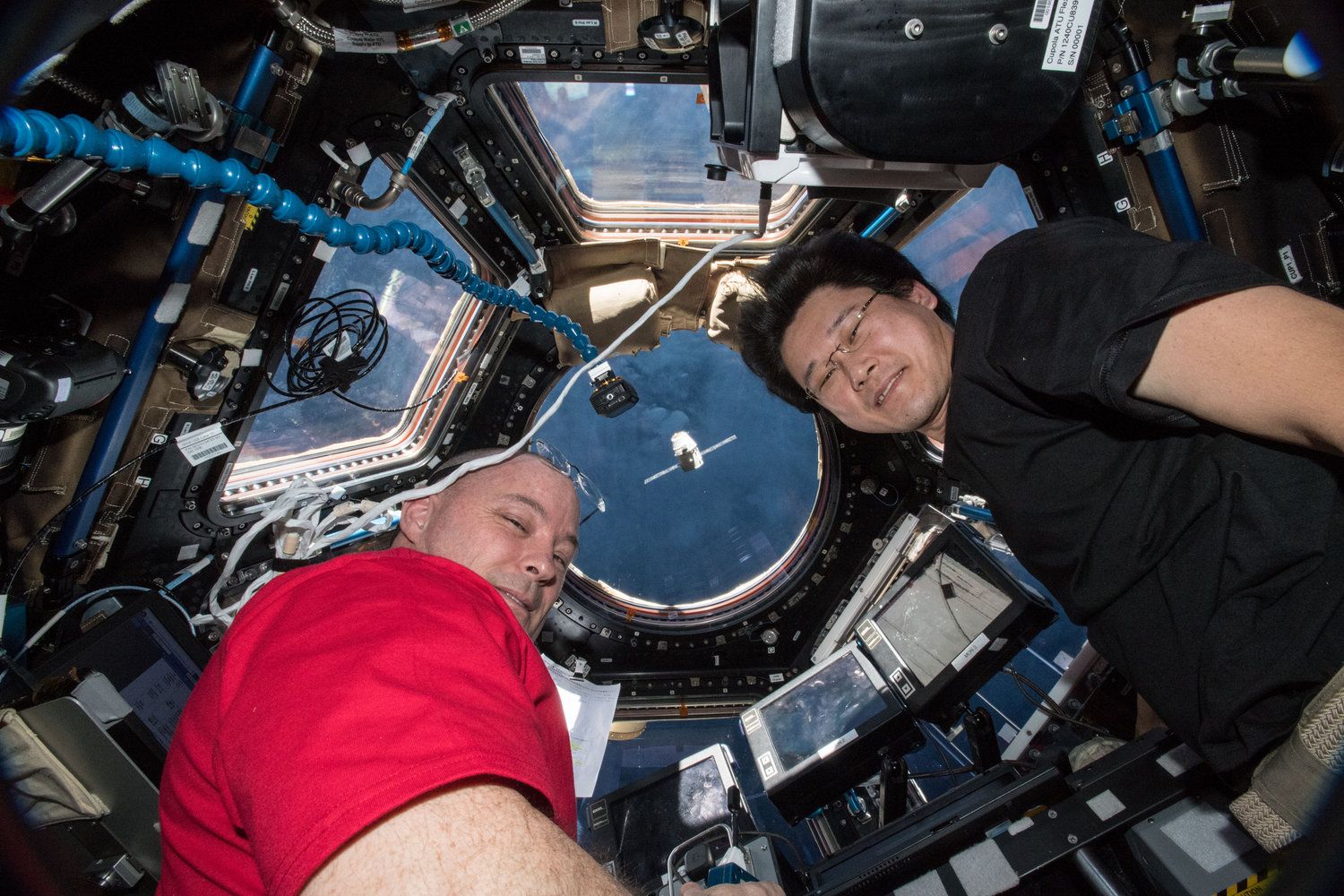
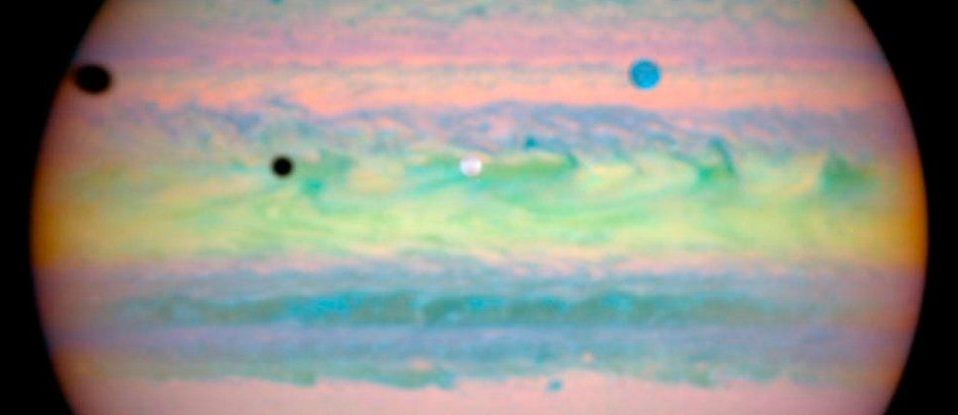
Jupiter Forms a Triangle in The Night Sky This Month. Here’s How to See It
We’re never short of reasons to look up at the night sky — whether it’s the rare second blue moon we were just treated to, or a meteor shower.
But in case you need a little motivation to get out of the house and into the fresh air this month, we have a beautiful one for you: checking out the ever-changing celestial geometry above our heads.
This April, the gas giant Jupiter forms a rare and fleeting triangle with two bright stars in our night sky, and it’ll be visible with the naked eye if you know where to look.
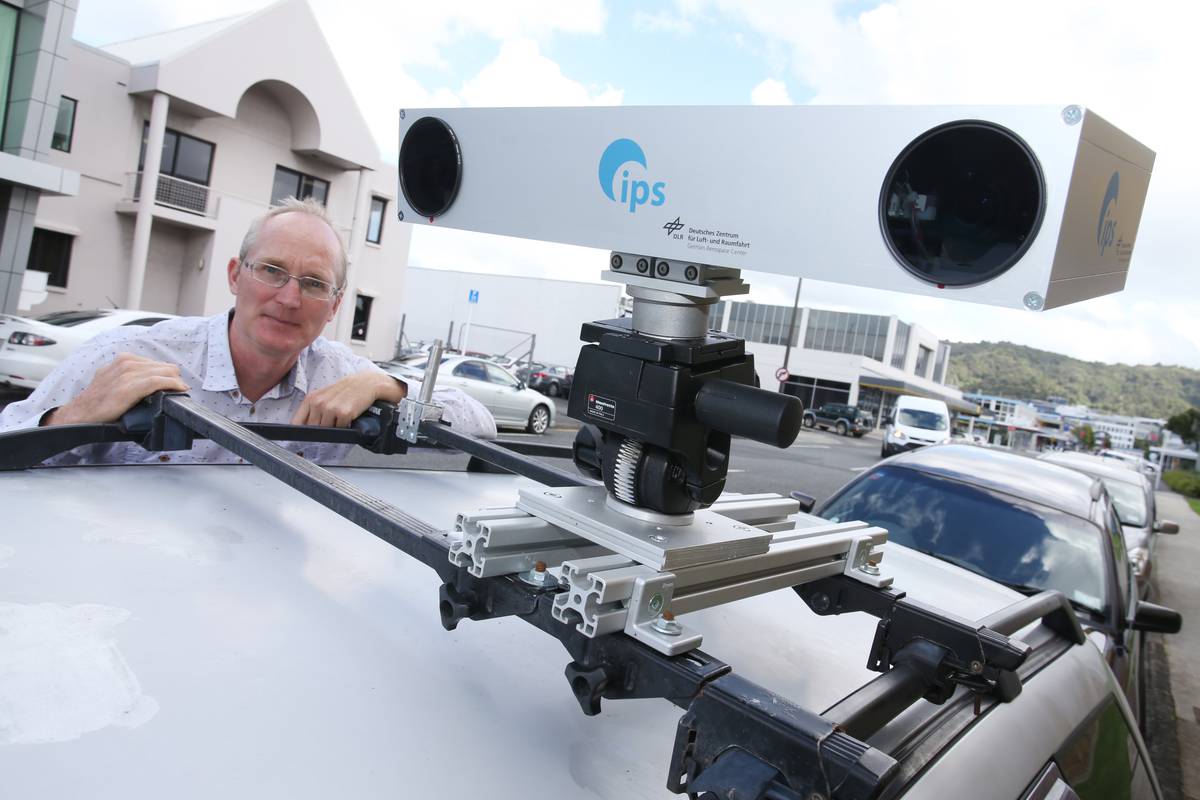
Technology designed to help Mars rover navigate could help make Northland roads and truck drivers safer
Imagine driving and being warned when you’re too close to the edge of the road.
That’s exactly what space technology developed by German researchers can do, and it could be in Northland trucks in the next year.
Researchers from the German Aerospace Agency have been in Whangarei with the Intelligent Positioning System, which has been designed to navigate the rover on Mars.

Fizeau, Foucault and Astronomical Photography
On April 2, 1845, Armand Hippolyte Louis Fizeau and Jean Bernard Léon Foucault manage to make the very first photography of the Sun. Thereby, they both initiate astronomical photography.
From a previous blog post you may remember Léon Foucault’s Pendulum.[4] The instrument was used to proof Earth’s rotation in the 1850s and counts to one of Foucault’s biggest scientific achievements. But let’s start a little bit earlier. Leon Foucault was born on September 18, 1819 as the son of a publisher in Paris. After an education received chiefly at home, he studied medicine, which he abandoned in favour of physics due to a fear of blood.
Meanwhile, astronomical photography started to establish slowly. There were not many experts in the field back then, since the very long exposures needed to capture relatively faint astronomical objects and many technological problems had to be overcome. Completely new telescopes had to be developed that were rigid enough in order to not lose the focus during exposure time. Also the telescopes had to be attached to a rotating mount that would move at a constant rate very accurately. Next to the telescope building itself, the technology of photography needed improvement as well. The daguerreotype was just introduced in 1839 and came into a very widespread use. However, for astronomical photography, the process was too slow and was only able to record very bright objects. Also, the exposure time was very limited using this method due to the wet plate collodion process.
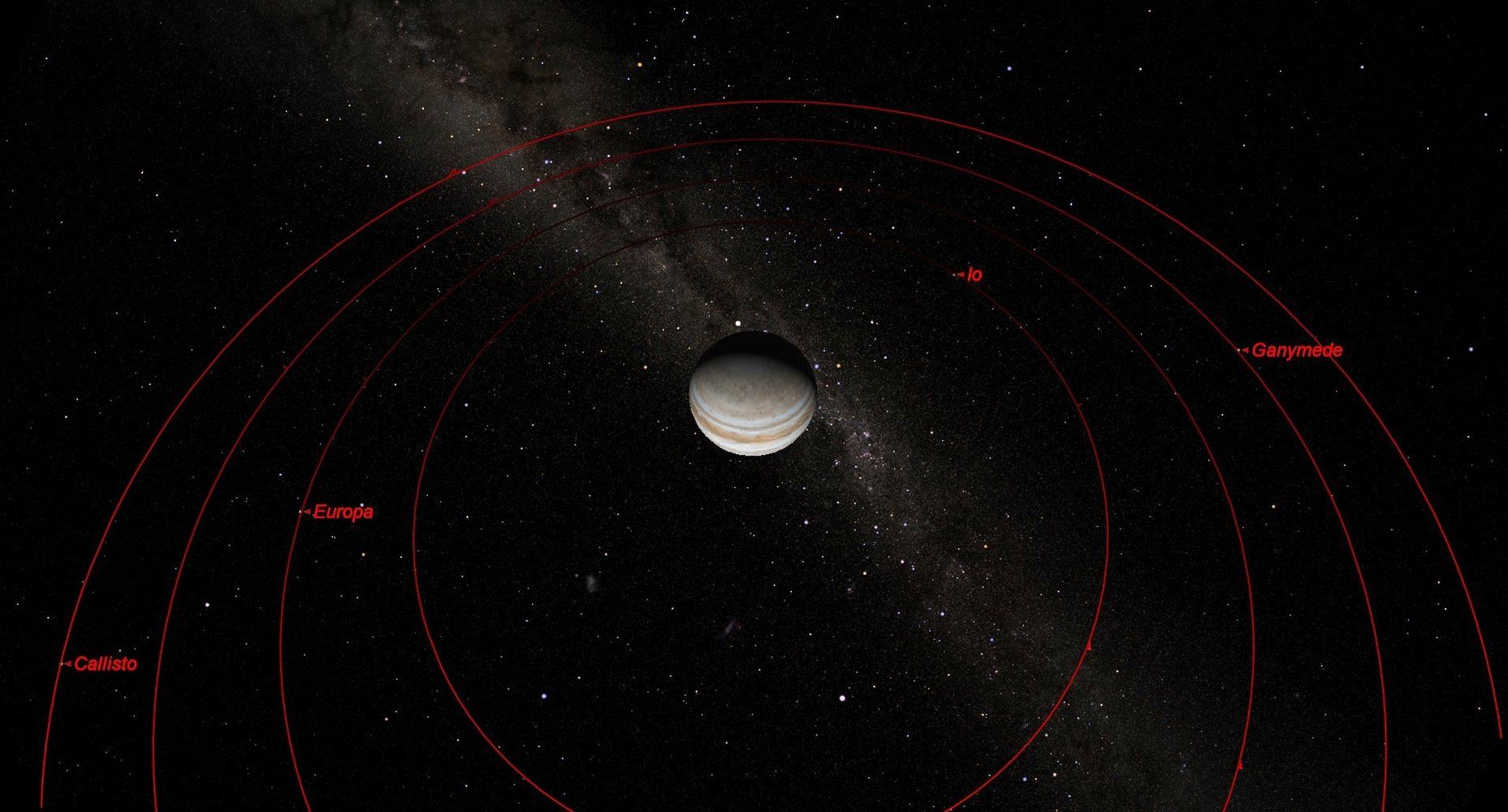

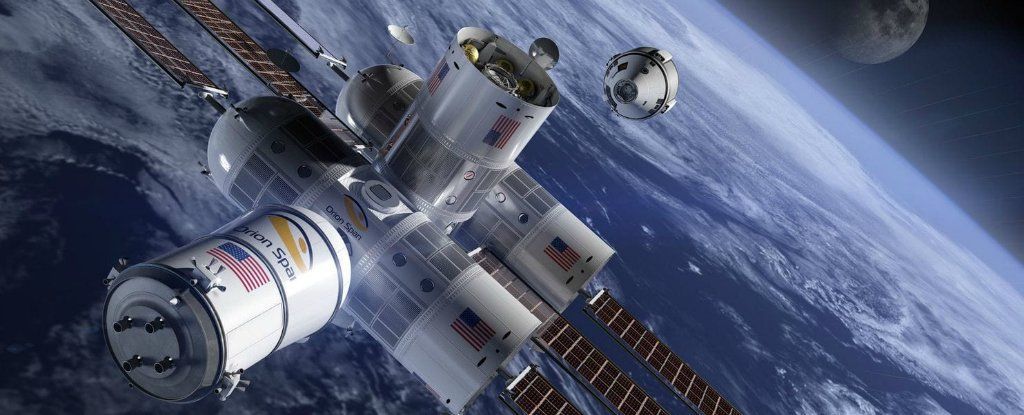
It’s Happening: Space Hotel Says It’ll Welcome Guests by 2022
384 sunsets in 12 days.
Looking for a getaway that offers unmatched views of sunrises and sunsets? Specifically, 384 of them in 12 days?
Try outer space.
Houston-based Orion Span hopes to launch the “first luxury hotel in space” — the 35-by-14-foot Aurora Station — by late 2021 and bring guests on board the following year.
This Company Is Launching A Hotel In Space
For just $80,000, you can reserve a condo in space.
NASA Simulates Their Orion Abort System. Now That Would be a Crazy Ride
A team of research scientists recently conducted a series of simulations to see how the Orion Launch Abort System would fair in high speed conditions.